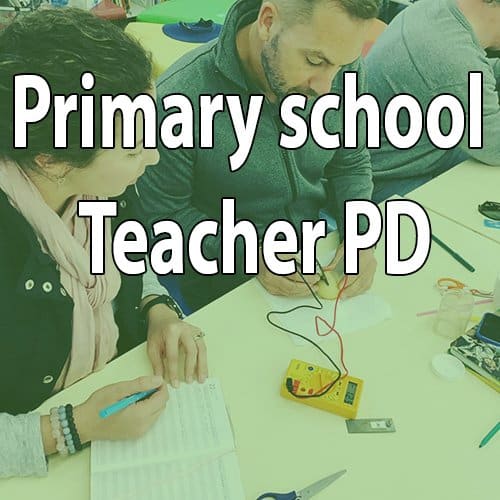Root Cause Analysis is about the underlying problems
A scenario to think about…
When it comes to cars, knowing the difference between the symptoms and the causes of engine trouble can make a huge difference. Imagine you went to the mechanic about your car blowing far too much smoke. If your mechanic simply added a fuel treatment to reduce the smoke from your exhaust, you would get rid of the smoke for a while but you could be potentially risking engine damage from not treating the cause such as a cracked cylinder head or oil leak. The longer you keep treating the symptoms of your car issue rather than the cause, the worse the damage could be down the track.
The same idea applies to your classroom too! Often when we visit schools during professional development sessions, we encounter highly motivated people trying to make a difference for their students & community however across the staff room there is a feeling that there is something missing to effect real change. This isn’t from a lack of trying, more often it’s from being too close to the actual issue so that you can miss the underlying causes and treat the symptoms instead.
Using Root Cause Analysis (RCA) helps you get the bottom of why change isn’t happening, or perhaps why problems keep occurring. For example, what is it that is stopping kids choosing science subjects in their senior years of school? It’s all about identifying the symptoms, the issue and all the underlying origins of the problem. Knowing these puts you in the perfect position to create positive change.
It boils down to three questions:
- What is happening?
- Why is this happening?
- What can we do to improve the situation?
Whether the issue is small or large, the important point of RCA is that is likely that the events that you are seeing are likely related to each other and flow from a deeper cause. These causes can often be boiled down to three types:
- Physical causes
– lack of resources, internet down again, classroom size inadequate, broken lab equipment, learning materials outdated etc.
These causes are tangible and generally are not working or missing in some way, for example, broken lab equipment. - Human causes
– student lack of preparation or effort, missed procedural steps, misunderstandings etc.
Understandably, people aren’t perfect and things can go wrong. Knowing this, human causes can compound physical causes. For example, a student is tired from working night-shift a fast food restaurant and dropped the lab equipment. - Organizational causes
– lack of systems, missing classroom rules, policies for safe equipment use needs updating etc.
These causes are process-based, in that the process itself is either faulty, missing, not followed or inadequate. For example, a student not following the lab procedure led to the broken lab equipment.
Your role when using root cause analysis to improve STEM Outcomes is to find out the patterns in the symptoms that you’re seeing and to drill down into why these symptoms are occurring. There are a series of steps to doing this:
Step 1 – What is the problem?
- What are you seeing occur that you don’t want? List every symptom that you see.
- Does one symptom than cause another symptom? For example, the kids are disruptive, causing classroom noise to increase, causing students to not pay attention, causing lack of understanding etc….
Step 2 – What do you know at this stage?
- Collect the data! How often do the symptoms occur?
You need to collect as much information from as many sources as possible. - What is the measurable impact of these symptoms?
Step 3 – What are the causal factors?
- Is there a sequence of events that keep happening to create the symptoms?
- Is there a consistent situation that triggers the symptoms to occur?
Make sure that you ask ‘Why?’ as many times as possible! During a staff brainstorm, have your team look at symptoms and keep asking why does this occur so that you drill down closer to where the root cause actually is. Don’t accept just one or two causes… dig deeper by asking ‘why?’ to see if there is a deeper cause that is producing the issues.
Step 4 – Identify the root cause(s)
- What is the real reason you’re seeing the symptoms?
Step 5 – Solve the root cause
- What can you do to fix the real problem?
- How are you going to do it?
- Who’s responsible?
- Are there any possibilities that the solution might cause other symptoms?
Root cause analysis can be a large undertaking in some cases, however, in the long run, it can certainly help you address issues that consistently see in your classroom. Whilst there certainly more than one cause to many symptoms that you see, making steps toward treating the underlying issues can help alleviate the severity of other causes and thereby lessen the issue that you have in hand. Unfortunately even removing the root cause may not produce an instant change, however, you will certainly be on your way to creating a more productive learning space and you can then focus your energy on alleviating the next issue. In many ways, its the continuous improvement that actually matters and using RCA is yet another tool you can use to help your school and learning community.
Happy teaching,

























Comments